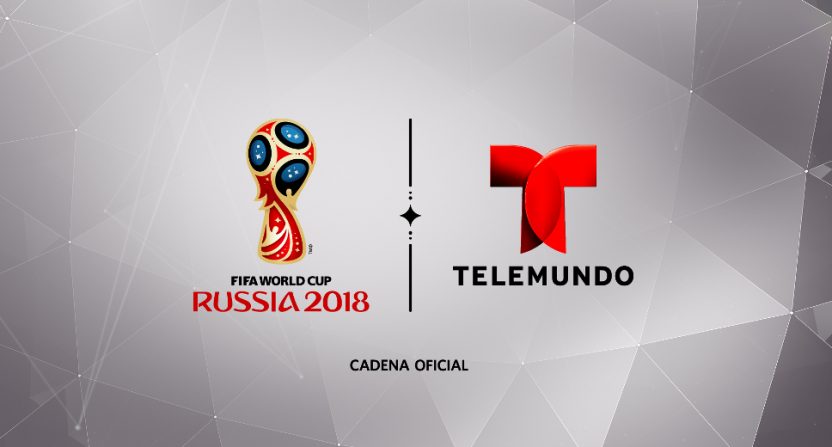Fox’s English-language ratings for the 2018 FIFA World Cup drew plenty of attention here for the declines from the 2014 tournament, but the Spanish-language ratings on Telemundo were also down significantly. Despite Fox’s ratings falling substantially from the last tournament (on ESPN and ABC), Telemundo actually saw even a larger decline from the 2014 numbers Univision put up, and the gap between the English- and Spanish-language ratings for the entire tournament widened. In both 2014 and 2010, ESPN/ABC’s English-language adults 18-49 numbers were 24 percent ahead of Univision’s Spanish-language numbers; in 2018, Fox’s English-language adults 18-49 numbers (an average of 1,314,000 viewers per match) were 40 percent ahead of Telemundo’s Spanish-language numbers (940,000 viewers per match).
Telemundo’s tournament-to-tournament decline is notable enough in its own right, with that 940,000 average in adults 18-49 representing a 43 percent drop from the 1,651,000 viewers Univision averaged in that demographic in 2014. That’s a bigger loss than even the 35 percent Fox saw in that demographic from ESPN/ABC’s 2,043,000 viewer average in 2014. But it’s perhaps particularly significant that the English-language to Spanish-language ratings gap widened further. 2010 (1,697,000 in 18-49 on ESPN/ABC to 1,367,000 on Univision) and 2014 (2,043,000 to 1,651,000) both saw that 24 percent gap, and 2006 saw the Spanish-language numbers almost equal to the English-language ones (1,299,000 in 18-49 for ESPN/ABC, 1,289,000 for Univision). It’s interesting that the Spanish-language numbers took such a dive this time around, one even larger than the decline we saw in the English-language numbers.
Of course, there are some caveats to consider. Viewership tends to rise as the tournament progresses, but different sets of countries tend to attract more interest from English-language viewers versus Spanish-language viewers. The 2018 tournament saw just one country with Spanish as an official language (Uruguay) in the quarterfinals, and saw semifinals of France-Belgium and England-Croatia, matchups that may not have particularly resonated for many Spanish-speaking viewers. By contrast, the 2014 tournament saw three countries with Spanish as an official language in the quarterfinals (Costa Rica, Colombia, and Argentina), with Argentina advancing to the finals. And Mexico, the most important country for U.S. Spanish-language viewership, reached the same spot (the round of 16) in both tournaments. And Telemundo saw the same time zone challenges Fox did for a tournament in Russia versus one in Brazil. Still, it’s significant that the Spanish-language numbers dropped so much.
The latest
Also on the ads front, it should be noted that Bud Light’s ads performed particularly well by attention metrics. They were 11th in total ad spend with $5.8 million, but achieved 50 percent less interruptions than the average advertiser. And their “Early Game” ad recorded the best attention retention numbers out of ads with over 75 million TV impressions. Verizon’s “End Of The First Half” ad (with Landon Donovan and Thomas Middleditch) was second-best there, but the company’s “Huge News” (featuring Middleditch talking to families) was at the opposite end of the spectrum. So the moral there is perhaps to have your ads feature Bud Light and crystal balls or Landon Donovan, but not just Thomas Middleditch. No one wants to see that.






